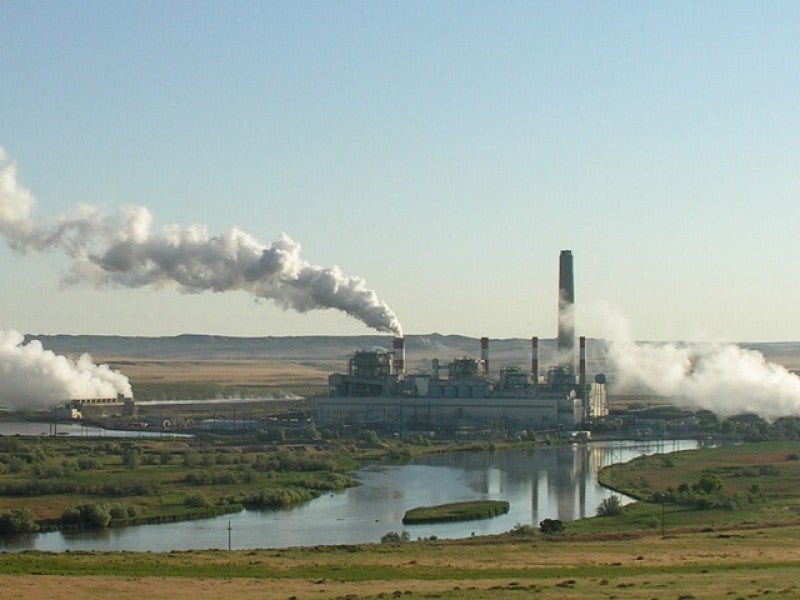Stopping the EPA’s Attack on Clean Water Protections
Earthjustice files a new lawsuit challenging the Trump administration's giveaway to the coal power industry.
Earthjustice filed a new lawsuit today challenging the Environmental Protection Agency’s (EPA) weakening of rules originally designed to protect people and the environment from water contaminated by coal ash. Instead, the EPA’s changes to these rules protect the coal industry over all else.
For most of the 20th century, coal-fired power plants generated the majority of energy used in the United States. As we adopt new technologies and strive to reduce our carbon footprint, coal plants are increasingly becoming a thing of the past. Unfortunately, a toxic byproduct of coal power production still remains at nearly every generating station: coal ash. This is what lingers after coal is burned for power, and it makes up the second-largest source of industrial waste in the U.S.
In 2015, the Environmental Protection Agency under the Obama administration passed the first-ever rules to begin cleaning up coal’s toxic legacy. Finally, the federal government would force utilities to deal with the arsenic, chromium, lead, and other toxic contaminants they’ve left behind in water and air at (and around) over 700 sites across the country. Exposure to coal ash can cause cancer, heart disease, reproductive failure, and stroke, and can inflict lasting brain damage on children.
Under the Trump administration, the EPA bent to industry influence and worked to gut these coal ash protections, making it easier for utilities to keep plants online or to reduce the cost of (read: completely avoid) clean-up — at the expense of the health of people and the environment.
Coal ash manages to contaminate areas much larger than where it is stored because utilities often mix it with water to clean equipment and to keep the ash waste piles from blowing away, creating coal ash “ponds.” Due to a lack of regulation, these ponds are usually unlined, meaning that there is no barrier between the ground and the ash, which then easily contaminates groundwater.
Coal plants are by far the largest source of toxic water pollution in the country because there had been no effective pollution limits on coal plant wastewater for decades. The 2015 rule the Trump administration changed, known as the ELG (“Effluent Limitations Guidelines”) rule, required power plants to use modern, affordable wastewater treatment technologies that are already widely used in other industries. The EPA found that these long-overdue improvements would prevent 1.4 billion pounds of pollutants from entering U.S. waters each year and provide between $451 million and $566 million a year in public health and environmental benefits.
In April 2019, Earthjustice won a lawsuit confirming the EPA’s duty to strengthen limits on toxic wastewater, which we filed because the EPA had still done nothing to enforce its 2015 rules. Yet, even as a federal court ordered the EPA to make the ELG rule stronger, it has instead issued a rule to substantially weaken treatment requirements with a host of loopholes and exceptions. The EPA’s rollback of these requirements will result in utilities dumping hundreds of millions of pounds of additional pollutants each year.
Earthjustice will fight the Trump administration’s changes to the ELG rule in court. We will continue to push for proper management and clean-up of coal ash until communities around the country no longer suffer the consequences of coal’s toxic legacy.
Today’s lawsuit was filed on behalf of the Center for Biological Diversity, Chesapeake Climate Action Network, Clean Water Action, Environmental Integrity Project, Natural Resources Defense Council, PennEnvironment, Prairie Rivers Network, Sierra Club and Waterkeeper Alliance by Earthjustice, Southern Environmental Law Center and attorneys with the organizations.
Based in Cincinnati, Ohio, Thomas is a senior attorney for the Clean Energy Program.
Earthjustice’s Clean Energy Program uses the power of the law and the strength of partnership to accelerate the transition to 100% clean energy.
